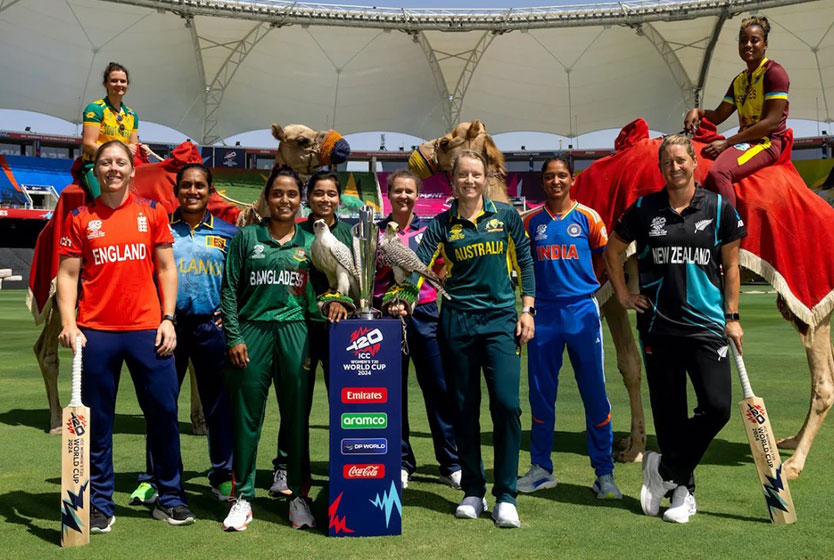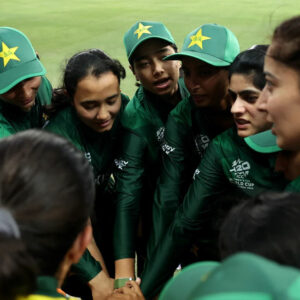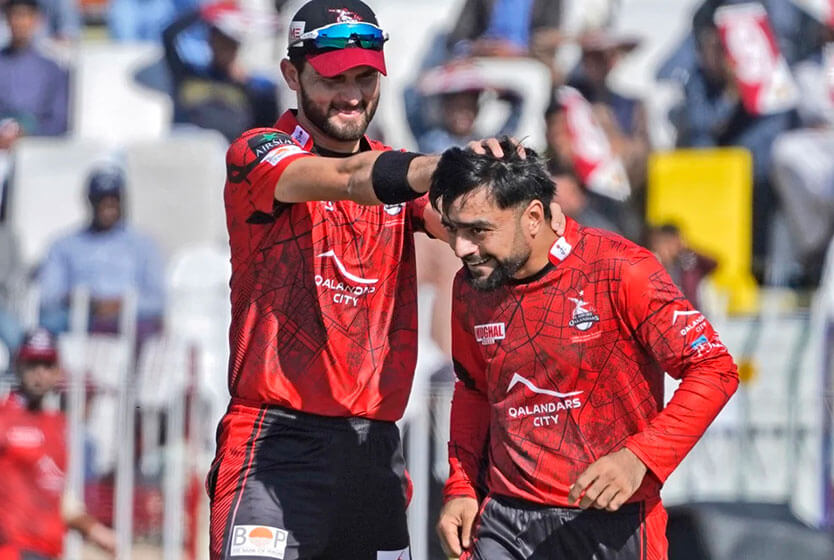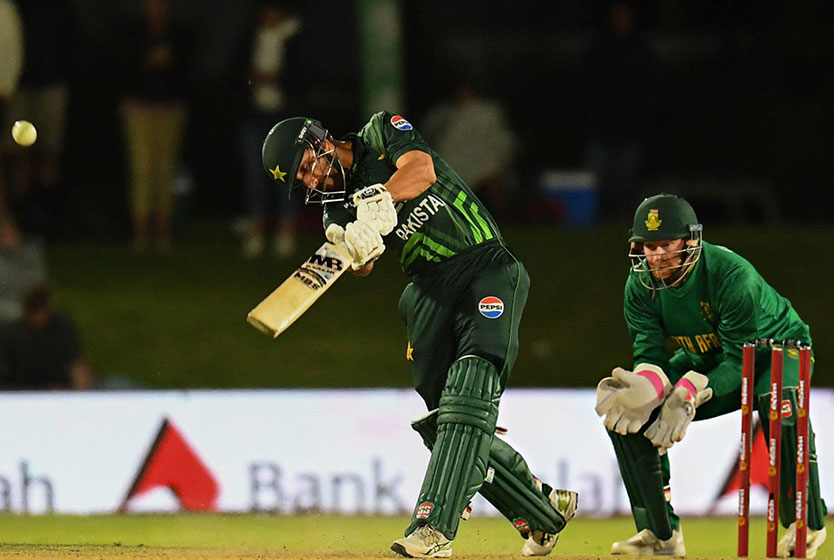
What To Not Say When Talking About Women’s Cricket
The Women’s T20 World Cup 2024 kicks off today, the 2nd of October, with matches between Scotland and Bangladesh and Sri Lanka and Pakistan. It has been an eventful year in cricket – as all years are now – and the women’s game, especially, has taken great strides in the past few years. Since the last T20 World Cup last year, despite navigating administrative and on-field pitfalls, Pakistan has notched quite a few significant achievements in their belt, including an at-home whitewash of South Africa and an away-series win against New Zealand.
However, despite living in a time where cricket is evolving rapidly and overwhelmingly, perceptions around the women’s game remain stagnant to an inexcusable extent. A pervasive refusal to think about the sport deeply and critically and viewing it as a simplistic inversion of the men’s game prevents the players from getting the attention and respect they deserve. So, just before the World Cup starts, here is a comprehensive list of all the things you shouldn’t say when talking about women’s cricket:
1. Anything that involves women “belonging in the kitchen”
There is very little to be said against misogyny in sports in the time we live in – most arguments have been made years ago, and while it is never not a worthwhile fight to argue against stereotypes and outdated notions of gender, continuing to posit that women don’t belong in sport has to have some correlation with being deliberately obtuse. If you are someone who believes that women’s sport isn’t legitimate, that girls shouldn’t play or worse, that they can’t, you might be better off not talking about it at all. While many female players over the years have shown, time and again, that sporting and womanhood are not mutually exclusive, the fact that the effort needs to be made and the reality continuously needs to be reasserted is symptomatic of a deeper, generational, and longstanding rot – and cricket is simply too fast these days for anyone to have to take up the responsibility of undoing it.
2. “Women’s cricket is not financially lucrative”
Most talking points surrounding women’s cricket begin and end on the sport’s money-making abilities or lack thereof. In Pakistan especially, calls for, for example, pay parity and a women’s league are met with counters of how women’s cricket does not generate enough revenue in the country, particularly in relation to the men’s team. However, it must be noted that sports teams do not perform to be funded – they are funded so they can perform. Claiming that women’s cricket does not earn enough is like planting a sapling in the desert and complaining it does not bear fruit – Pakistan lacks a substantial domestic cricket structure and training facilities for its female athletes. Cases such as players consistently not receiving salaries, a lack of initiative in reinstating and following through on contracts, and players not receiving daily allowances for camps further compound the inconsistent and crumbling system in place for them. When players operate from instability and a lack of trustworthy support, simply thinking about their performances in terms of what they reap financially is to deliberately omit the patterns of unfairness that they are expected to navigate without complaint. Talking about women’s cricket requires a tad bit more criticality around circumstances and obstacles than men’s cricket does – simply because there are too many to avoid, and too many for one to not expect them to have a detrimental effect on the game itself.
Cricket Australia, for example, in a 2024 Action Plan, aims to increase the revenue women’s cricket generates in the country by $100 million. The plan includes aims and goals that target spectator attendance in women’s cricket, increasing participation at the school and grassroots level, as well as increasing female representation across administrative and community roles. It might also be helpful to mention that Australia currently stands as the most successful women’s cricket team of all time, with 13 ICC trophies to their name. In order to make women’s cricket financially viable, the players must operate from a context that has faith in them to be so, and consequently, a context that provides them the tools and resources to achieve that. As the proverbial saying goes – Ask not your female cricketers what they can earn for you; ask your cricket board what it can do for them.
3. “We will support women’s cricket when they perform”
Just assume the previous point is copied and pasted here. If you are a women’s cricket fan trying to navigate a conversation with know-it-alls, devil’s advocates, or worse, Twitter accounts with 6 followers and a racial slur in the username, you can also throw in retorts about how your respective men’s cricket team is doing, and how people feel no qualms about supporting them. If your men’s cricket team is Pakistan, you should have a rich and plentiful portfolio of recent examples to draw upon – such as a group stage exit from a group that had USA, Canada, and Ireland, and a Test whitewash at home. Surely, “performance” isn’t a reliable metric for deciding support here.
Preconceived notions of the team’s performance and assuming that it won’t also contribute to a general air of cynicism around women’s cricket and feed into the overall negative outlook that people have around the sport. A lack of encouragement and backing from spectators and your countrymen is as, if not more, discouraging for athletes as financial and structural issues and any hopes of the game progressing and developing rely on shifting stubborn mindsets.
4. “She is just like [Insert male cricketer]”
This is probably the most well-intentioned thing I could think of to put on this list. I know that relating athletes to long-standing idols and role models is perhaps the greatest compliment that cricket fans can think of – and I’m sure female athletes don’t mind them too much, either. However, I also think that a sustainable shift in the reception and behaviors towards women’s cricket can only shift when we decenter men’s cricket from the way we think and talk about it. It is the same sport – so this might be difficult and maybe even not needed at times, but I still think that there are more creative and necessary ways to praise a woman than calling her a man.
I might be missing several talking points here – people are surprisingly creative when they want to be bigoted or obtuse. But I think these are good starting points to avoid when talking about women’s cricket. Moving away from assumptions, blanket statements, and unfair comparisons would not only be the ethical way to approach conversations about women’s sport but also the most productive one. Opening your minds to issues that don’t begin and die on misogyny and relative fairing in comparison to male counterparts might lead to people actually basing their comments and critiques on the sport and its structure itself. Which is, you know, kind of the whole point.







Leave a Reply